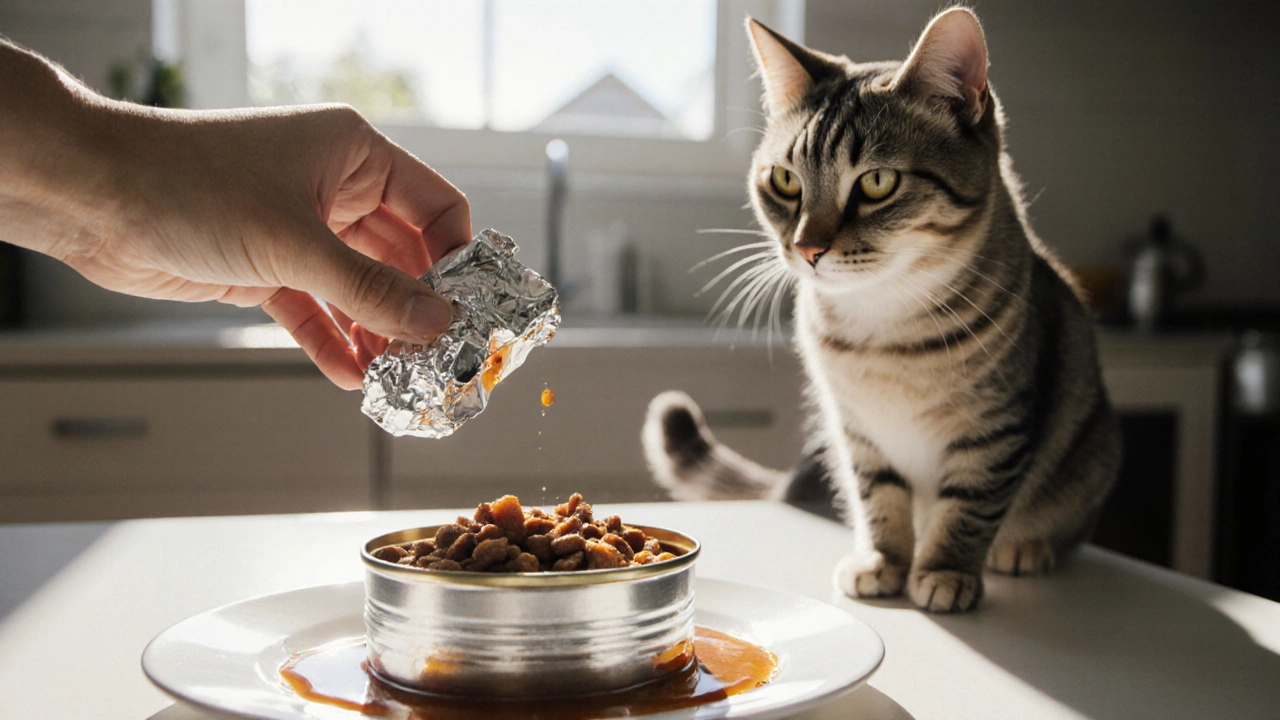Cat Food Storage: Keep Your Kitty’s Meals Fresh & Safe
When talking about Cat Food Storage, the practice of preserving cat meals so they stay fresh, nutritious, and safe from spoilage. Also known as food storage for cats, it helps maintain flavor, nutrients, and prevents bacterial growth. Cat food storage might sound simple, but the right approach can save money and keep your furry friend thriving.
One of the biggest mistakes owners make is leaving kibble exposed to air. Airtight Containers, sealed storage bins that block air and moisture are a game‑changer. They create a barrier that keeps oxygen out, slowing oxidation and keeping the crunch intact. In short, cat food storage encompasses proper container selection, and airtight containers are the first line of defense.
Key Practices for Effective Cat Food Storage
Dry kibble is especially vulnerable to staleness. Dry Cat Food, kibble that can dry out if exposed to air should be kept in a cool, dark place and transferred to an airtight container as soon as you bring it home. This simple step preserves the fats that give kibble its flavor and prevents the rancid smell that can turn cats away from eating.
Wet meals bring a different set of challenges. Wet Cat Food, moist meals that need refrigeration loses quality quickly once opened. Cat food storage requires humidity control, so you’ll want to seal leftover portions in a small, airtight dish and pop them in the fridge within two hours. This keeps the food safe for up to 24‑48 hours, depending on the brand.
Humidity is the hidden enemy for both dry and wet formats. High moisture levels invite mold and spoilage, especially in summer. Storing your containers in a pantry that stays below 70 °F (21 °C) and using a small silica packet can keep the environment dry. Think of humidity control as the invisible shield that protects the meals inside.
If you buy in bulk, a freezer can extend the shelf life of both dry and wet options. Most dry kibble stays good for up to a year when frozen, and you can freeze individual portions of wet food in ice‑cube trays for later use. Just remember to label each package with the date – rotation is key.
Labeling isn’t just for aesthetics. Write the purchase date and an expiration reminder on every container. This simple habit helps you follow the “first‑in, first‑out” rule and prevents accidental feeding of old food. It also makes it easy to spot any product that’s nearing its best‑by date.
Common slip‑ups include storing food near cleaning chemicals or in direct sunlight. Those spots can heat up quickly, breaking down the nutrients in the food. Keep your cat’s meals away from the oven, dishwasher, or any area where temperature swings occur.
You don’t need pricey gadgets to succeed. A simple plastic bin with a snap‑tight lid works just as well as a high‑end vacuum sealer for most households. The trick is consistency: always seal the bag, keep the container closed, and store it in a stable environment.
Now that you’ve got a solid grasp on how to protect your cat’s meals, the articles below will dive deeper into specific scenarios – from travel tips to choosing the best storage containers for your home. Use this foundation to pick the right tools, avoid spoilage, and keep your cat purring for every bite.

How Fast Does Wet Cat Food Spoil? Shelf Life, Storage Tips & Safety
Learn how long wet cat food lasts, how to store opened cans, spoilage signs, and safety tips to protect your cat from foodborne illness.
View more